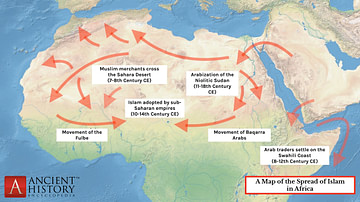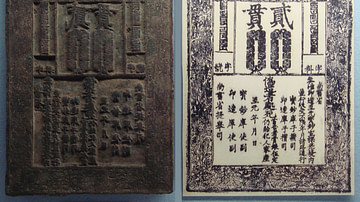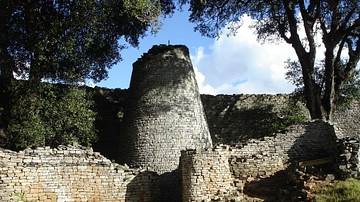Review

| Rating: | |
|---|---|
| Title: | Paper Before Print: The History and Impact of Paper in the Islamic World |
| Author: | Jonathan M. Bloom |
| Audience: | Professional |
| Difficulty: | Medium |
| Publisher: | Yale University Press |
| Published: | 2001 |
| Pages: | 320 |
"Paper Before Print: The History and Impact of Paper in the Islamic World" is recommended to people interested in intellectual and cultural history. Challenging misconceptions about the role of paper in the Islamic world, this book, refusing Orientalist speculations around Islamic written heritage, discusses it from a revisionist vista. Its intended audience is readers who are knowledgeable about the debates in Islamic intellectual history.
Paper Before Print: The History and Impact of Paper in the Islamic World, penned by the retired art historian Jonathan Max Bloom from Boston College, offers a comprehensive exploration of the prominence of paper in Islamic history and its influence on global intellectual history. The increasing diffusion of paper in the Medieval Islamic world reduced the cost of writing materials, unleashing paper production in Islamic realms and much later in Western Europe. This phenomenon played a leading role in laying the foundations of the civilization we inhabit, allowing knowledge to flourish for everyone.
I concur with the main argument in the book that effectively challenges the undervaluation of cultural products in non-Western worlds in mainstream historical narratives. This revisionist study actively engages the reader, prompting them to reassess their interpretation of Islamic intellectual history.
One of the strongest characteristics of this revisionist work is Bloom’s support of his claims with primary sources and, especially, visuals, strengthening the credibility of its contentions through the book’s seven chapters. The author clarifies that the historiographical debate around the entrance of the printing press to the Islamic world did not stem from a “technological backwardness” but a “cultural choice.” The main difference
lied not in technology but in their attitudes towards books and learning from books, and ultimately in the different roles they assigned to writing and the written word (p. 91).
The basis of Islamic education is a culture of oral transmission. The vocal and verbal content of the Qur'an (which also means reading aloud) and hadith (which consists of a verbal conveyance based on isnad) education reveals this. Written culture also determined the attitude towards the printing press because book production in the Islamic world did not have a limited structure, unlike the scriptoriums in Medieval Europe—moreover, the cheapness and accessibility of paper and paper-based materials relocated as the transmitter of written knowledge. Besides, the author states that the typographical inadequacy of the printing house made its adaptation to the Islamic world difficult. Despite Gutenberg’s invention, the printing of Arabic texts, in particular, was largely inaccurate until the second printing revolution in the 18th century.
The book offers a critique of the modernist historical narrative, which underestimates the agency of medieval Muslim authors in paper and bookmaking. Bloom disputes the notion that these authors compiled works essentially
because their patrons or rulers advised them to do so… authors rarely recorded their personal opinions… (p. 113).
However, this bone of contention is a reflection of the modernist historical narrative, contending that these experts ultimately began to express their feelings and ideas only after modernization. However, Medieval Muslims penned many autobiographical works recording their feelings and experiences, from Ibn Battuta to Ghazali, displaying how they embedded their inner world.
All in all, this work is a pioneering contribution to the place of paper in shaping medieval and global history. It requires its readers to be familiar with various historical developments, such as the Battle of Talas, which is believed to be a milestone in introducing papermaking to the Islamic world. Despite several flaws, it is a groundbreaking study that refutes Orientalist assumptions on the history of paper, offering an alternative narrative from an overlooked region and era.
About the Reviewer
Cite This Work
APA Style
Aksu, B. (2024, November 14). Paper Before Print: The History and Impact of Paper in the Islamic World. World History Encyclopedia. Retrieved from https://www.worldhistory.org/review/492/paper-before-print-the-history-and-impact-of-paper/
Chicago Style
Aksu, Batuhan. "Paper Before Print: The History and Impact of Paper in the Islamic World." World History Encyclopedia. Last modified November 14, 2024. https://www.worldhistory.org/review/492/paper-before-print-the-history-and-impact-of-paper/.
MLA Style
Aksu, Batuhan. "Paper Before Print: The History and Impact of Paper in the Islamic World." World History Encyclopedia. World History Encyclopedia, 14 Nov 2024. Web. 02 Apr 2025.




